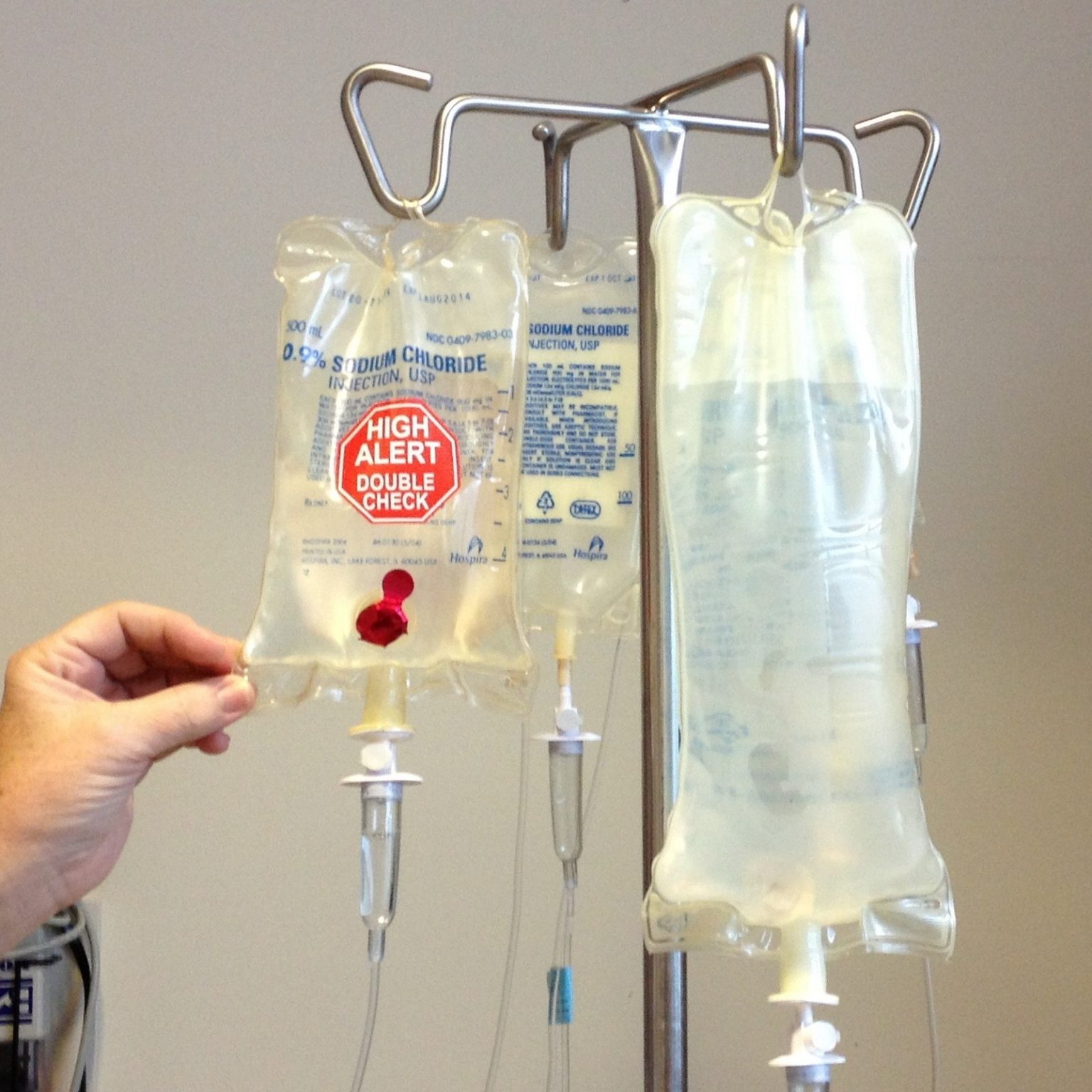Chemotherapy – The status today
For decades, chemotherapies have mostly been used in the fight against malignant tumors, in addition to radiation therapies and surgical interventions.
In chemotherapy, the patient receives drugs that inhibit or kill the growth of cancer cells. Such drugs are called cytostatics. There are more than a hundred different cytostatic drugs, which are used depending on the cancer and the stage of the disease. The drugs are usually given as infusions. Some are also available as tablets. The active ingredients are distributed throughout the body. This is what experts call “systemic” therapy.
Human cells divide regularly, and cell division goes through different phases. Cytostatic drugs interfere with the different division phases of cancer cells and thus inhibit the growth of the tumor. Healthy cells that divide frequently are also damaged as a result. This is the main cause of various adverse effects that can occur during chemotherapy.
Rapidly dividing cells include, for example, the cells of the intestinal mucosa, hair roots or blood cells. Accordingly, side effects such as diarrhea, hair loss and anemia can occur, and there is an increased susceptibility to infectious diseases.
For the patients affected, this means an enormous physical and psychological burden.
This is where CANTREAT comes in: Due to the significantly reduced amount of cytostatic drug and the targeted use in the area of the tumor, healthy cells are largely spared, thus maintaining the important immune system and vital functions. This massively increases the chances of recovery.


